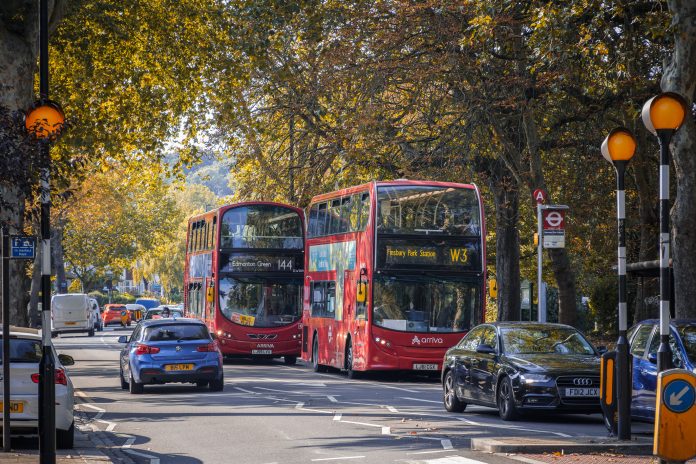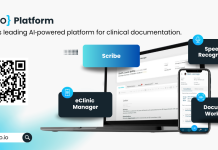The Home Office has released its 2030 Digital Strategy, outlining how the department will continue to modernise its digital, data, and technology (DDaT) capabilities over the next five years
Building on the 2024 digital strategy, the department aims to deliver faster, safer, and more efficient public services through innovation, automation, and improved data utilisation.
Advancing technology to keep the UK safe and secure
Digital transformation is already reshaping key Home Office services. From automated passport applications and digital visas to AI-assisted border checks and streamlined DBS processes, the department has made significant improvements since 2021. These improvements have helped reduce wait times, cut costs, and improve security.
The new digital strategy builds on this progress, with plans to introduce AI and automation across additional areas of the Home Office. Technology such as Automated Number Plate Recognition (ANPR) will support policing, while AI will also assist in detecting illegal imports and human trafficking.
Focusing on sustainability and cost efficiency
A key part of the digital strategy is to invest in modern and efficient digital platforms that are also sustainable and cost-effective. This would mean moving away from legacy systems in favour of adaptable, cloud-based technologies that are easier to maintain and improve over time.
The Home Office aims to reduce costs by using automation, optimising resources, and making smart decisions about technology investments.
Digital services will be built using open tools and tested regularly to ensure they meet government and public standards. Shared service models will also be expanded to support cross-government collaboration.
Cybersecurity and organisational resilience
As cybercrime continues to rise, cybersecurity remains a top priority. The digital strategy outlines an approach that includes embedding cyber safety into all services and training staff to recognise and respond to threats.
The department will also focus on resilience and agility, ensuring its most critical systems can withstand unexpected events or emergencies. This involves enhancing data storage, governance, and response frameworks to ensure services run smoothly.
Improving data sharing and digital skills
Improving how data is captured, shared and used is central to the digital strategy. The Home Office aims to streamline data access across teams and government departments, thereby reducing duplication and enabling faster, more informed decision-making.
At the same time, the department is placing a strong emphasis on boosting digital skills. By 2030, the aim is for all senior leaders to use digital tools strategically. This will be supported by training, apprenticeships, and career development programmes to grow digital expertise across the organisation.
The Home Office is also changing how it delivers digital services. Moving towards a product-based operating model, the department will empower teams to act quickly and respond to the evolving needs. Governance and finance processes will be updated to support innovation, while new products will be designed based on user needs and tested thoroughly for accessibility.
With the newly released 2030 digital strategy, the Home Office is setting itself as a leader in digital public service delivery. The department’s clear focus on AI, automation, cyber security, and data-driven decision-making aims to enhance not only internal operations but also the everyday experiences of millions of people who rely on Home Office services.











